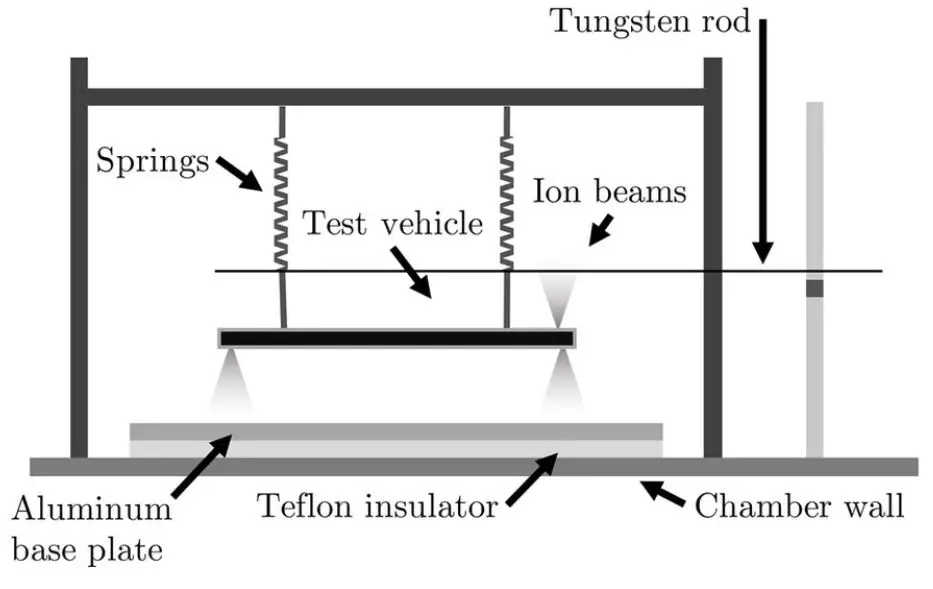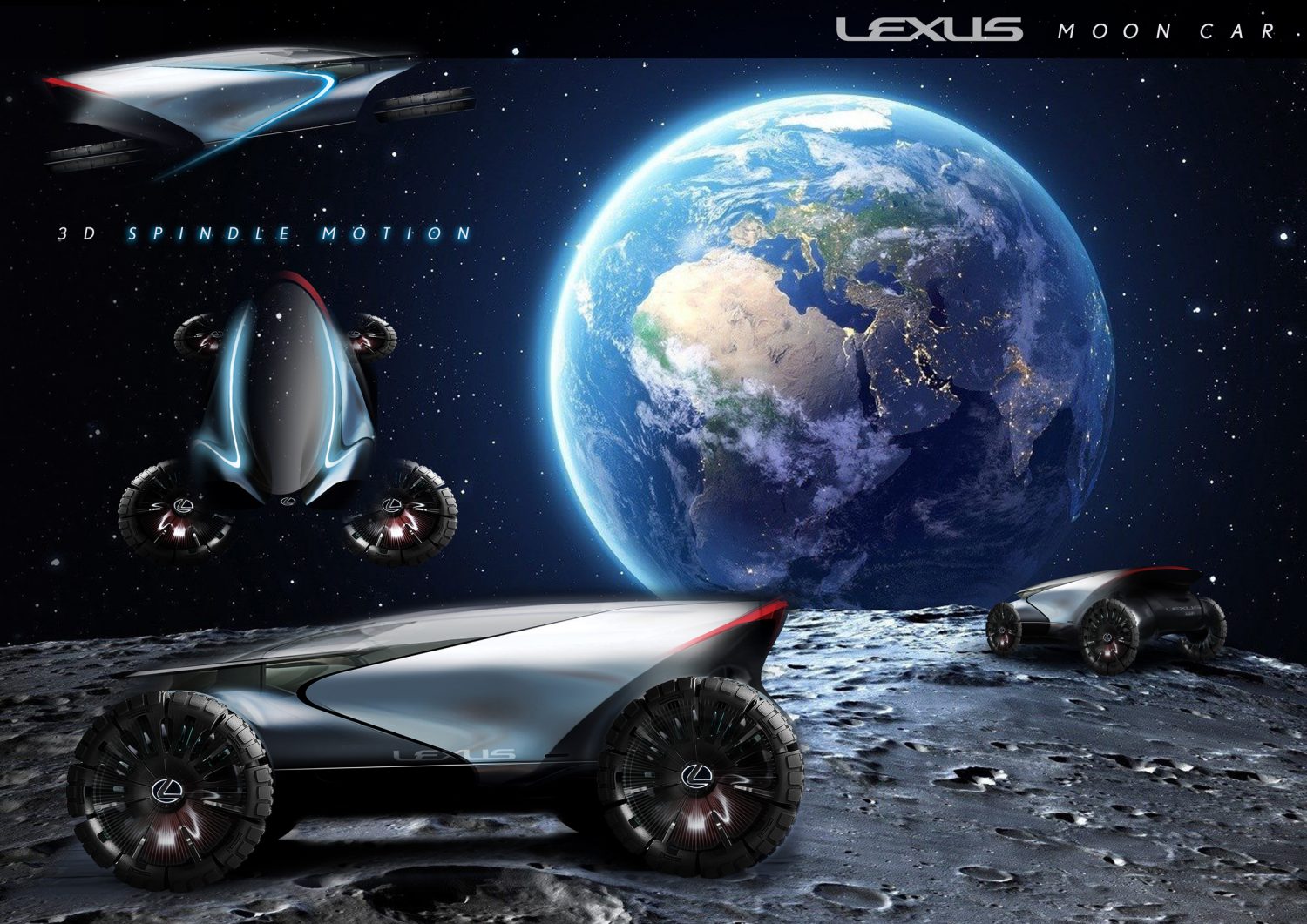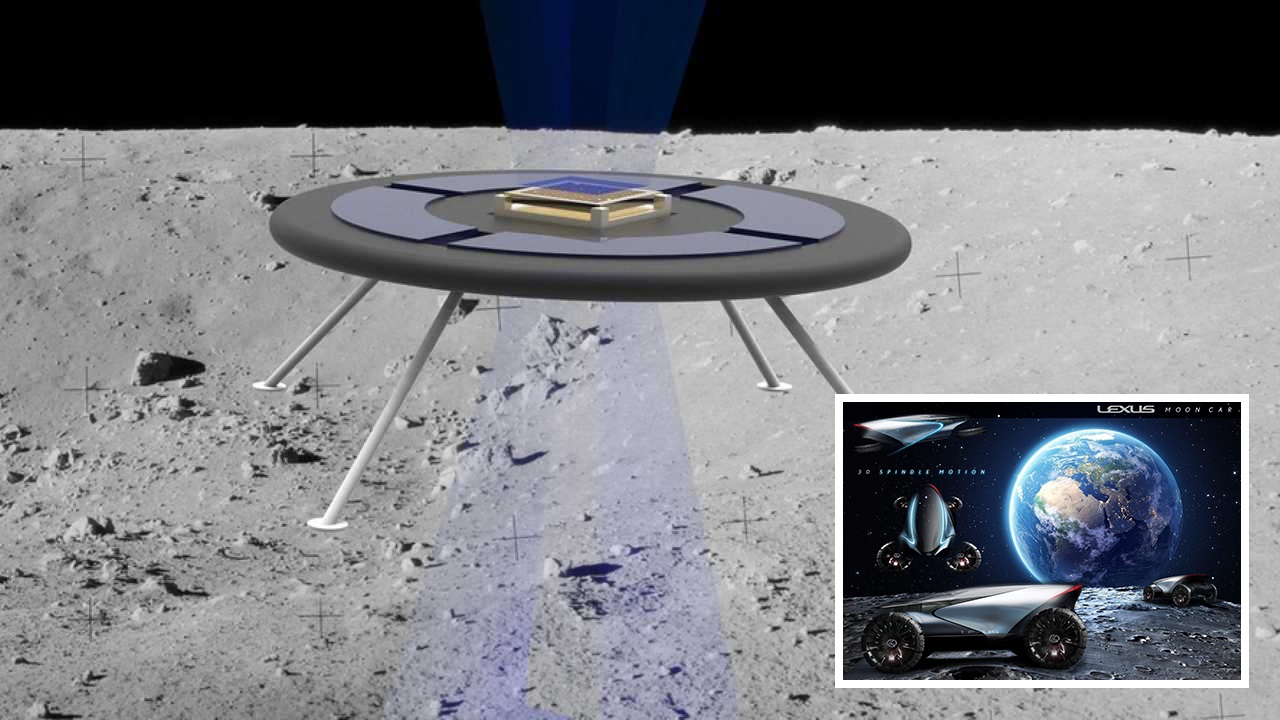An entirely new design for a hovering robot is being tested by aerospace experts at the Massachusetts Institute of Technology (MIT).
Moon and other airless things like asteroids may build up an electric field through direct exposure to the sun and plasma since they have no atmosphere. Static electricity can cause a person’s hair to stand on end when applied to the skin, and the same phenomenon occurs on the surface of the moon.
Researchers at NASA and other institutions are considering how to use a glider with Mylar wings, which naturally carry the same charge as surfaces on airless bodies, to raise a glider above the ground. They hypothesized that the two charged surfaces would resist each other, resulting in a force that lifts the glider off the ground. It is possible that a setup like this may work for minor asteroids, but bigger planetary bodies would likely have a greater, counteracting gravitational attraction.
To get past this size restriction, the MIT team’s levitating rover may be the answer. The retro-style, disc-shaped flying saucer-like idea employs small ion beams to both charges up the vehicle and enhance the surface’s inherent charge. Overall, the effect is intended to provide a significant repelling force between the vehicle and the ground, while using very little power. A preliminary feasibility analysis shows that an ion boost powerful enough to lift a tiny, 2-pound spacecraft on the moon and huge asteroids like Psyche is possible.

Oliver Jia-Richards, a graduate student at MIT in the Department of Aeronautics and Astronautics, is the study’s primary author. “We conceive of employing this like the Hayabusa missions that were launched by the Japanese space agency.” Small rovers were launched to the surface of the asteroid by that spaceship as it circled around it. Small hovering rovers might also be used to examine the moon and other asteroids in a future trip.”
The team’s findings have just been published in the Journal of Spacecraft and Rockets, and you can read about them there. Dr. Paulo Lozano, an MIT professor of aeronautics and astronautics, and former visiting student Sebastian Hampl, who is now a professor of mechanical engineering at McGill University, are Jia-Richards’ collaborators.
Ionic force
Small ion thrusters named ionic-liquid ion sources are used in the team’s levitating device. Molten salt at room temperature is fed into these tiny, micro-fabricated nozzles through an ionic liquid reservoir. Voltage may be provided to the electrodes and the liquid’s ions can be charged and discharged as an intense beam of light.
There has been a lot of progress made in ionic thruster development by the team led by Lozano during the last several years. In the recent past, Lozano had come across data suggesting that the charged surface of the moon had a levitating impact on lunar dust. NASA’s electrostatic glider idea also crossed his mind, so he wondered: Could an ion thruster-equipped rover float on the moon and bigger asteroids?
The researchers first built a tiny disk-shaped rover with ion thrusters that charged the vehicle alone in order to test the concept. It was anticipated that the thrusters would beam out negatively charged ions from the spacecraft, which essentially gave the ship a positive charge, much like the moon’s. Despite this, though, they were unable to lift the car out of the ground on their own.
When we realized this, we wondered, “What if we could put our own charge onto the surface to augment the natural charge?” Jia-Richards claims this.

Because of this, the researchers hypothesized that it would be possible to lift the rover off of the ground by directing more rockets toward the ground and emitting positive ions. It might theoretically work, according to a rudimentary mathematical model drawn out by the researchers.
Small, two-pound robots may theoretically attain one centimeter of levitation on huge asteroids, such as the Psyche, utilizing an Ion Source capable of producing 10-kilovolts. A 50-kilovolt power source would be required for the same rover to achieve a comparable liftoff on the moon.
According to Lozano’s explanation, “this kind of ionic design consumes relatively little electricity to create a lot of voltage.” It is possible to accomplish this nearly for free since the amount of electricity required is so little.
In suspension
They executed a basic scenario in Lozano’s lab to ensure that the model accurately reflected what would happen in a real space setting. Scientists designed and built a 60-gram hexagonal test vehicle, roughly the size of a human hand. In order to offset the Earth’s gravitational pull, they placed one ion rocket pointing up and four points down on the vehicle, which was then hung from two springs on an aluminum surface. Using a vacuum chamber, we were able to replicate the atmosphere of the moon and asteroids.
Tungsten rod was hung from springs and used to quantify how much force was created by thrusters when they were fired in experiments. In order to determine how high the vehicle may have levitated, they applied different voltages to the thrusters and measured their ensuing forces. They were confident that their model’s predictions for hovering a rover on Psyche and the moon were accurate based on these experimental findings.
The present model is meant to anticipate the circumstances necessary to accomplish levitation, which for a 2-pound vehicle was around 1 centimeter above the ground. To raise a vehicle higher off the ground, the ion thrusters may provide the greater force with a higher voltage. However, according to Jia-Richards, the model has to be revised since it fails to take into consideration the behavior of the released ions at higher altitudes.

As he puts it, “we could levitate too much greater heights in theory with better modeling.”
This means future trips to the moon and asteroids may utilize rovers that can safely hover and navigate across unfamiliar and uneven terrain thanks to ion thrusters.
A rover without wheels or moving components is a boon, adds Lozano. An asteroid’s landscape may be very uneven, but if you had a controlled device to keep your rover floating, then you could drive through an extremely harsh, undiscovered area without having to skirt the asteroid physically. ”
NASA provided some of the funding for this study.

